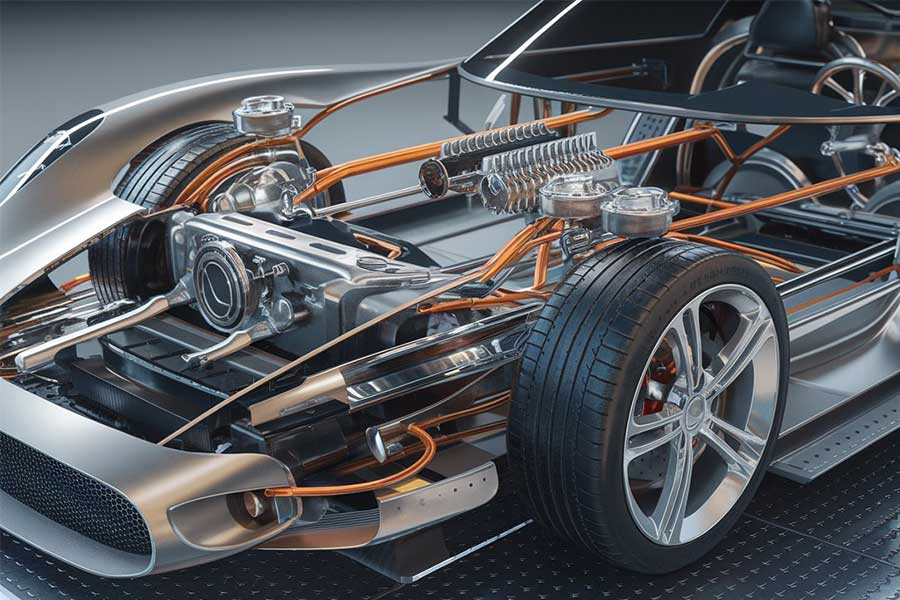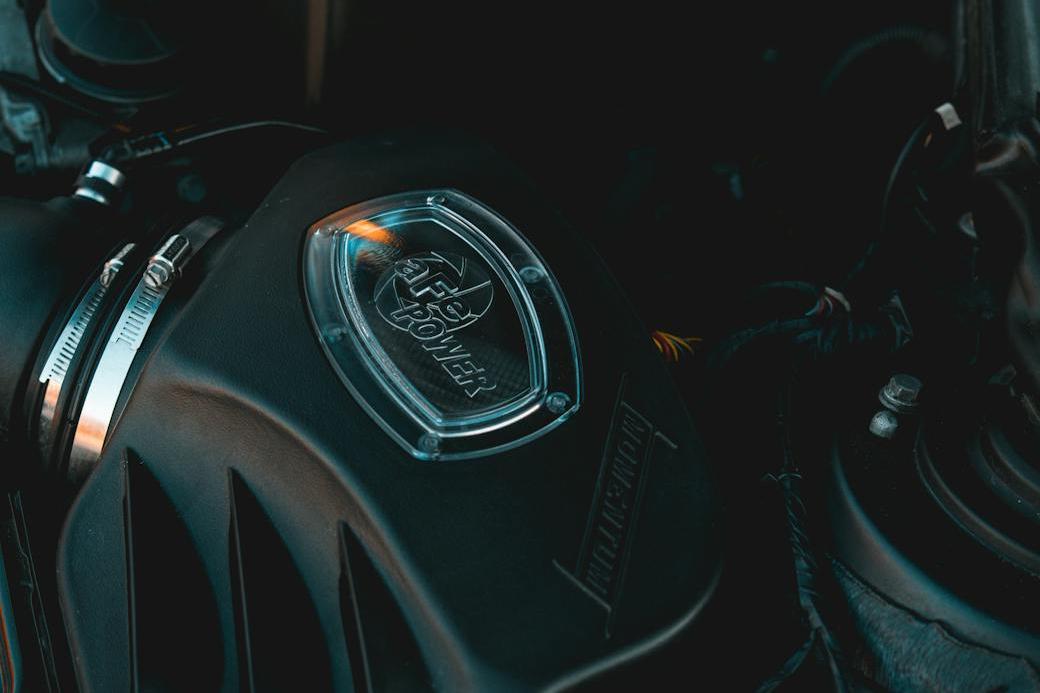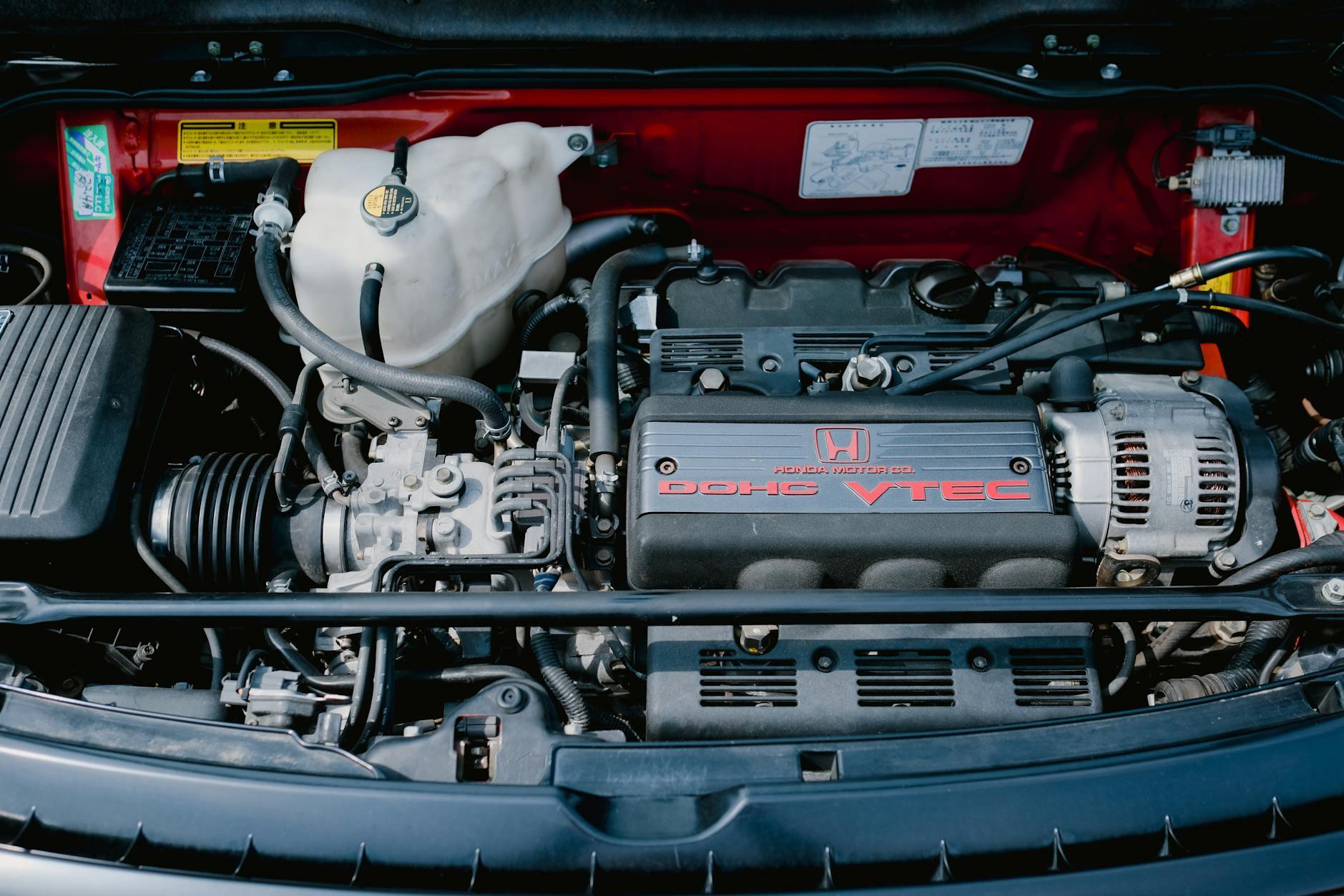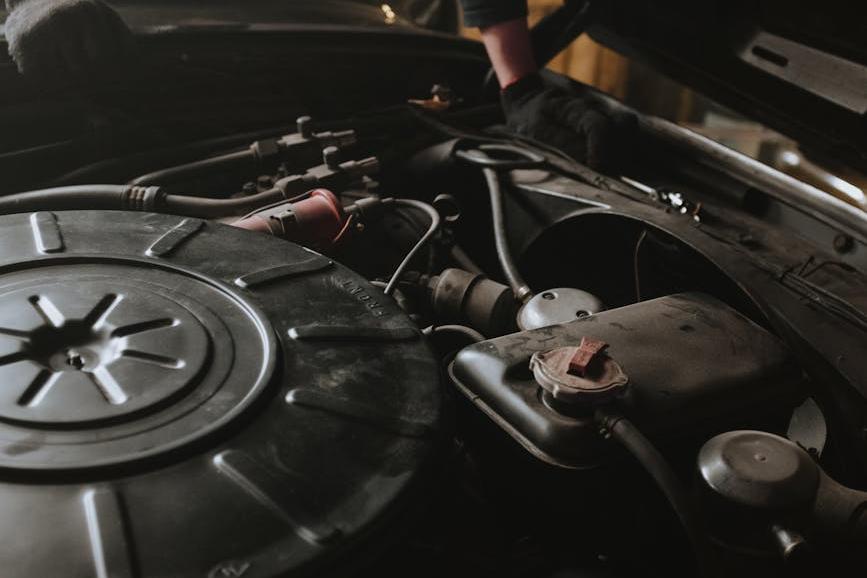- Shanghai Zhongshen International Trade Co., Ltd. - Two decades of trade agency expertise.
- Service Hotline: 139 1787 2118
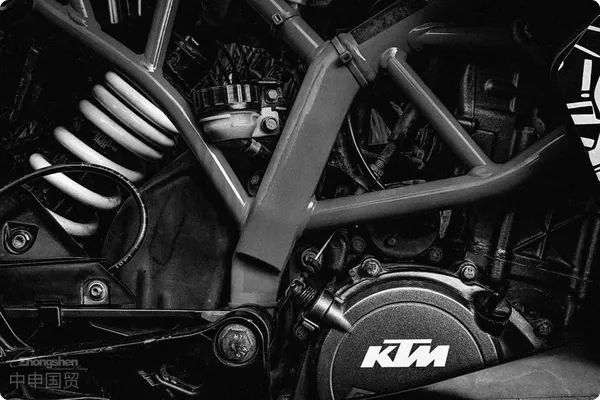
Automotive Signs and PartsImport RepresentationInternational LogisticsAnalysis of the Whole Process and Practical Suggestions
——In - depth Insights Based on 20 Years of Industry Experience
Against the backdrop of a highly - divided global automotive industry chain, the cross - border trade demands for automotive signs, components and parts continue to grow. As a senior practitioner in the import service field, this article will systematically analyze the core processes, key points of risk prevention and control, and international logistics optimization strategies for importing automotive signs and parts, providing practical reference for industry practitioners.Export RepresentationI. Analysis of Industry Characteristics and Import Demands
Category Complexity
1.It covers multiple categories such as powertrains, body structures, and electronic systems, with significant differences in customs codes (HS Codes) (for example, 8708 represents body parts, and 8539 represents automotive electronic accessories). Sign products need to comply with the international standard of VIN (Vehicle Identification Number), involving details such as materials and marking content.
Automotive partsAfter - market Demand
2.Chinas car ownership has exceeded 340 million (data from 2023), and the aftermarket scale has reached 1.3 trillion.
- : With the global vehicle stock exceeding 1.4 billion, it has spawned the import demand for replacement parts;Automotive Increment
- New energy: The import proportion of emerging accessories such as batteries and charging equipment is on the rise;Regional Supply Chain Adjustment
- : Enterprises disperse supply chain risks through multi - country procurement.II. Core Processes and Key Nodes of Import Agency
Access Qualifications and Compliance Preparation
: Such as Chinas CCC certification (tires, seat belts, etc.), the EUs e - mark certification (headlights, rear - view mirrors), and the US DOT certification;
- Target Country Certification, quality inspection reports (SAE/ISO standards need to be specified), and brand authorization letters (to prevent infringement risks).
- Document Compliance:It is recommended to verify through the following methods:: A certain enterprises import of brake pads was detained at the port due to the lack of ECE R90 certification, resulting in an overdue fee of 120,000 yuan.
StoriesInternational Logistics Solution Design
International logistics solution design
- Selection of transportation methods:
- High - value / Urgent Spare Parts:Air Transportation(Lead time: 3 - 5 days, cost is approximately 5 times that of)Maritime Transportation);
- Bulk Signage / Standard Parts: Full Container Load (FCL) or Less - than - Container Load (LCL) by sea, and moisture - proof packaging (IP67 grade) should be noted;
- China - Europe Route:China-Europe Railway Express(50% faster than sea freight and 30% lower in cost).
- Professional support: Utilize free trade agreements (such as RCEP) to reduce tariffs. The tax rate for some spare parts has been reduced from 10% to 5%.
3. Customs Clearance and Localized Delivery
- Disputes over commodity classification: For example, vehicle - mounted displays may fall under Chapter 85 (electronic products) or Chapter 87 (automotive parts), and pre - classification is required in advance;
- Tariff Dispute: Provide complete VIN code - related documents and material certificates (for example, metal signage requires RoHS testing);
- Last Mile: Cooperate with local bonded warehouses to achieve agile distribution of “port - regional distribution center - 4S store”.
III. Risk Prevention and Control and Typical Cases
1.Technical Barriers to Trade
- The EU REACH regulation restricts the content of phthalates in plastic parts (≤0.1%);
- The United States imposes a 33.28% anti - dumping duty on aluminum wheels originating from China.
Solutions: Establish a “target country regulation database” and conduct pre - compliance review.
2.Intellectual property disputes
- OEM spare parts require a letter of authorization from the brand owner;
- Avoid trademark infringement in signage fonts and LOGO design.
3.Loss of logistics timeliness
- The Red Sea crisis has extended the shipping cycle of the European route by 15 days. It is recommended to sign a “shipping space reservation agreement”.
IV. Trends in the Digital Transformation of International Logistics
1.Intelligent Document System: Automatically identify packing lists and bills of lading through OCR technology to reduce manual entry errors;
2.Full - process Visual Tracking: Use IoT devices to monitor temperature - and humidity - sensitive parts (such as rubber seals);
3.Blockchain applications: Achieve on - chain certification of documents such as certificates of origin and quality inspection reports to accelerate customs clearance.
V. Practical Suggestions for Importing Enterprises
1.Build Supply Chain Resilience: Diversify procurement sources, such as dual - route procurement from Southeast Asia + Europe;
2.Select Professional Agent Partners: Examine whether they have AEO certification and hazardous chemicals transportation qualifications (for example, vehicle - used batteries belong to UN38.3 category);
3.Cost Dynamic Calculation Model: Comprehensively consider tariffs, logistics, and inventory costs to select the optimal CIF solution.
Conclusion
The import of automotive nameplates and accessories is a technology - intensive and regulation - complex systematic project. Enterprises need to take compliance as the cornerstone, integrate logistics, customs, and tax resources through professional agency services to build a core advantage in the global supply chain competition. In the future, with the penetration of digital technology, the industry will iterate and upgrade in the direction of fully traceable throughout the entire chain and response efficiency calculated by the hour.
(Note: The data in this article is based on industry public information in 2023. For specific operations, please refer to the latest regulations and contract terms.)
Related Recommendations
? 2025. All Rights Reserved. Shanghai ICP No. 2023007705-2  PSB Record: Shanghai No.31011502009912
PSB Record: Shanghai No.31011502009912
